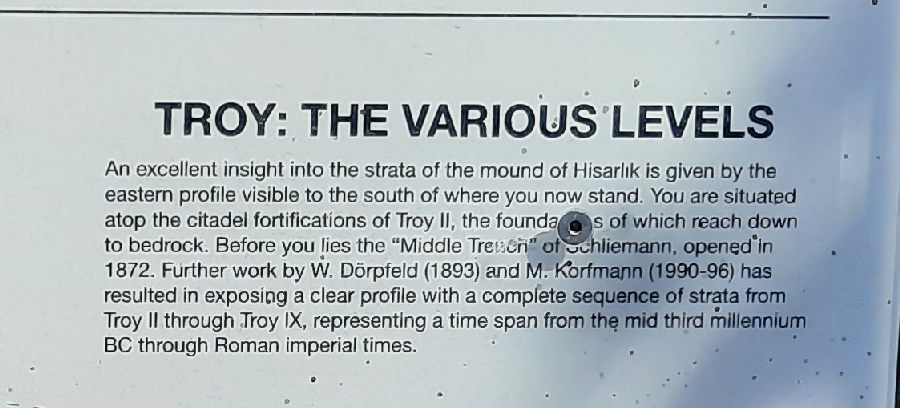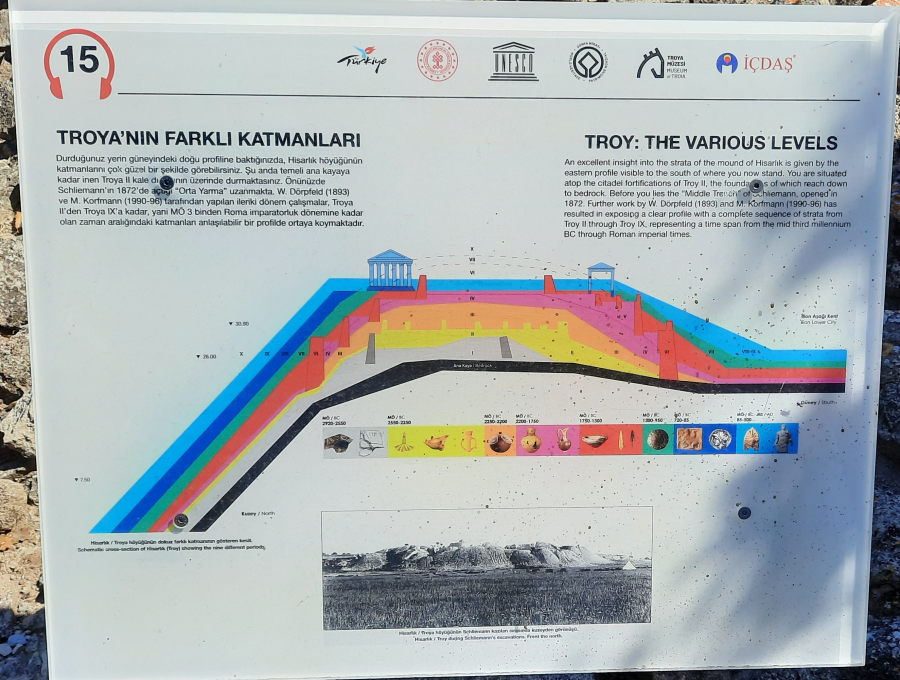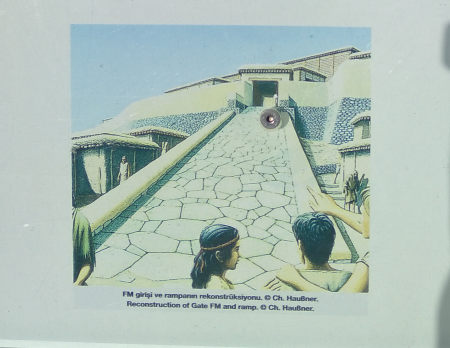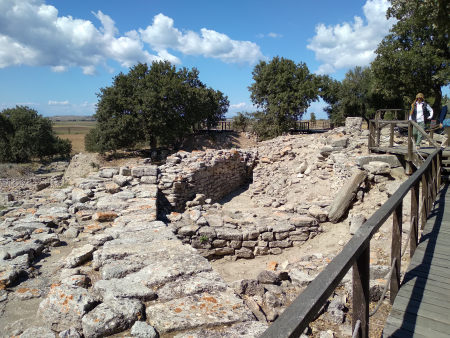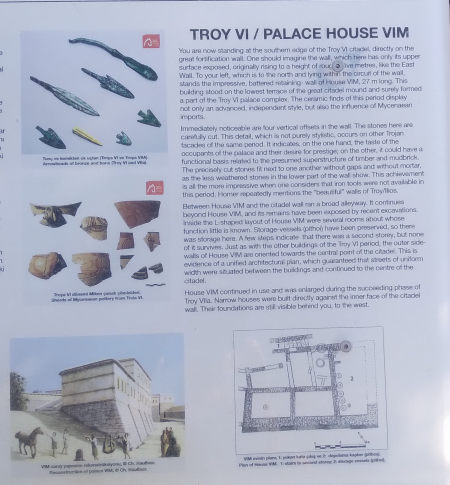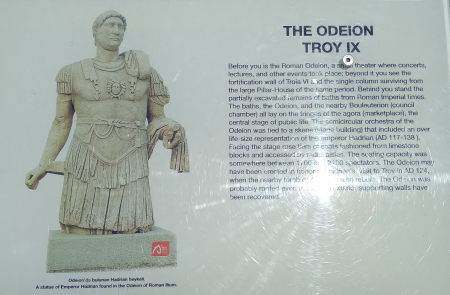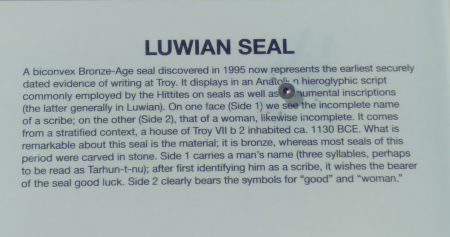We
first became aware of this undertaking during a cruise through
the Dardenelles in 1996 A major discovery when modern excavation began was the Polyxena
Sarrcophagus |
|
 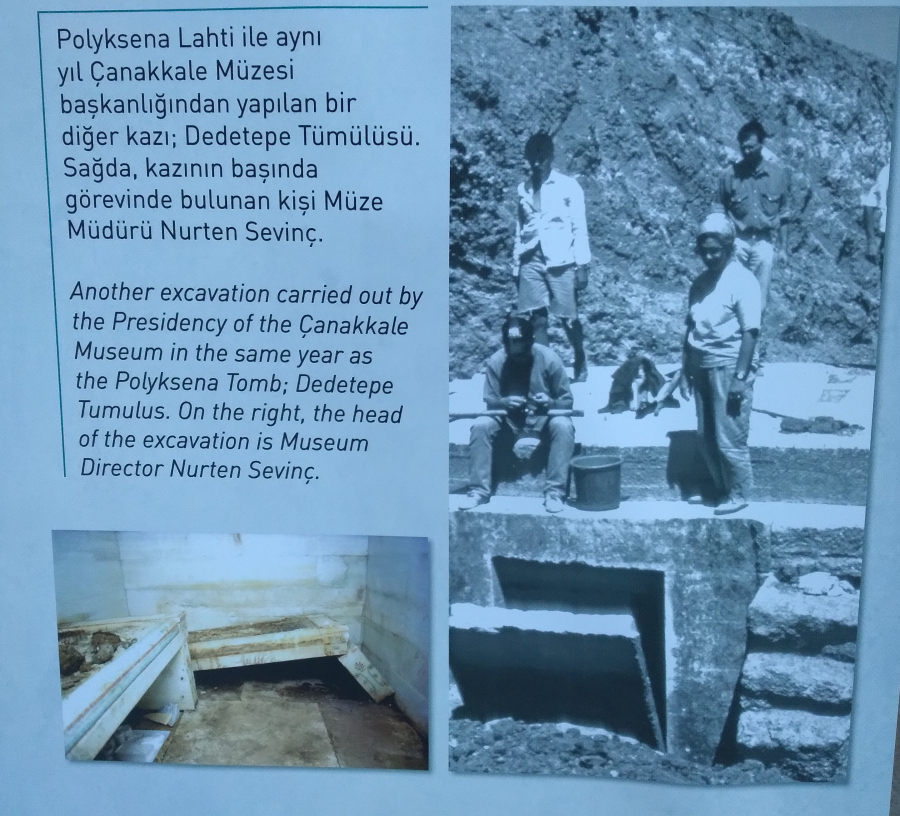 |
|
Our
tour followed the path indicated in the map below We stopped at all 26 markers |
|
 |
|
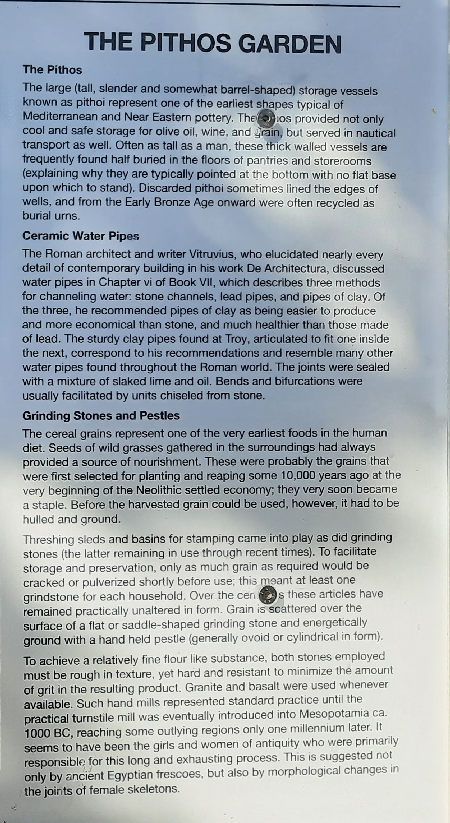 |
The
Pithos storage vessels described at left can be seen below in the garden Many were also displayed in the museum 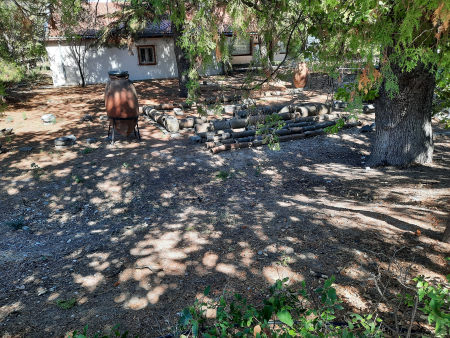 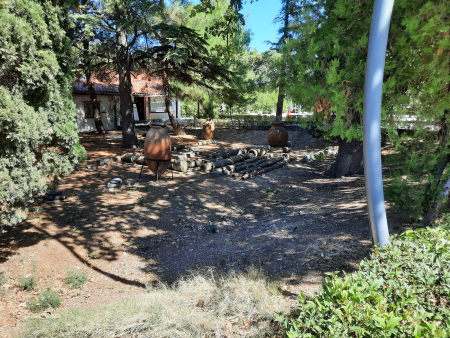 |
 |
|
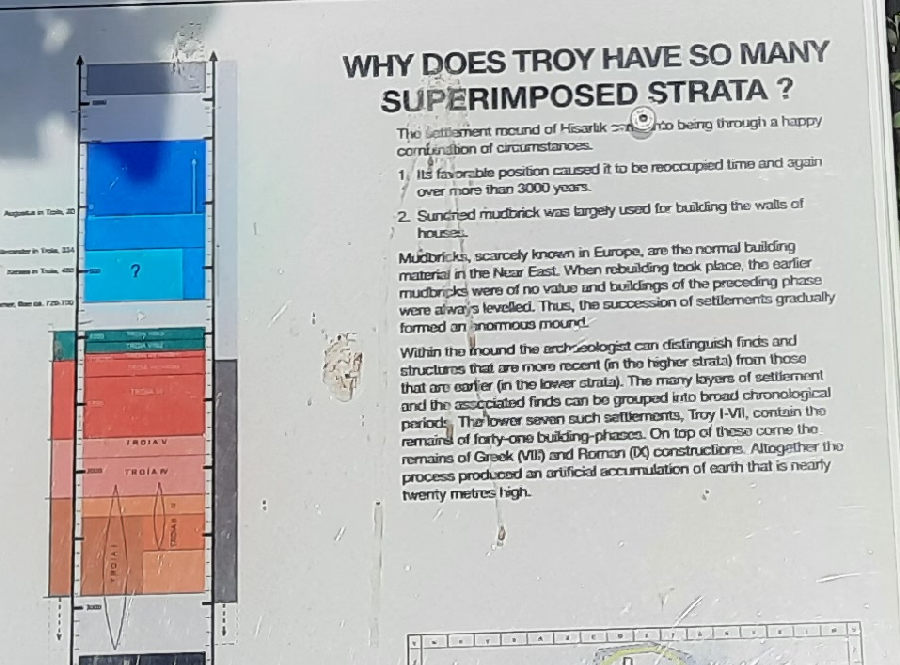 |
|
At key points signs indicated which of the
9 cities was exposed |
|
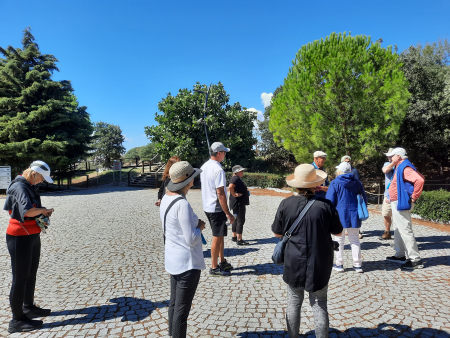 |
 |
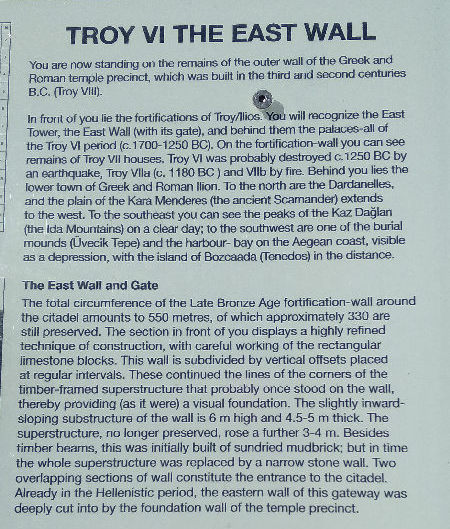 |
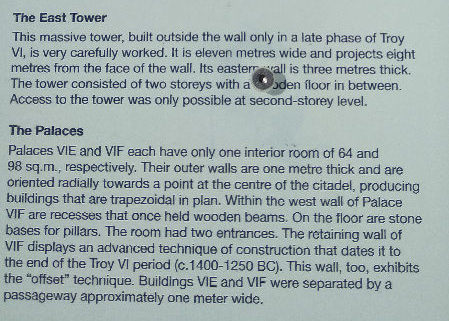 |
|
Here is the East Wall |
|
 |
 |
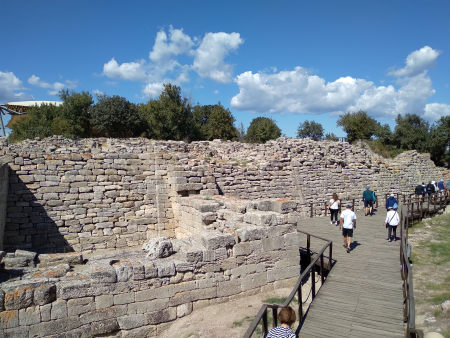 |
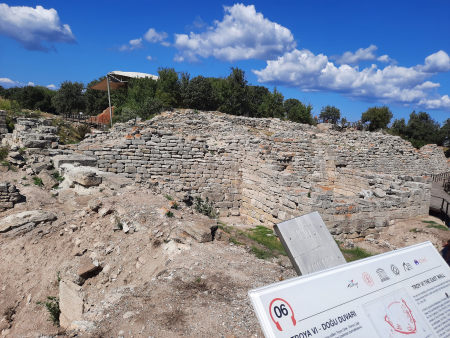 |
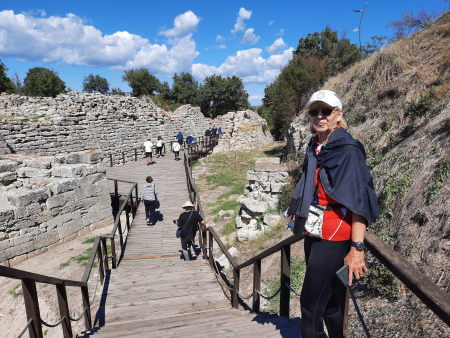 |
 |
 |
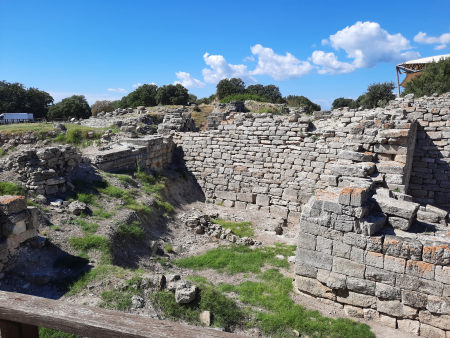 |
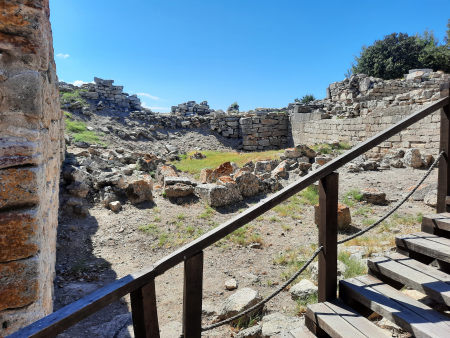 |
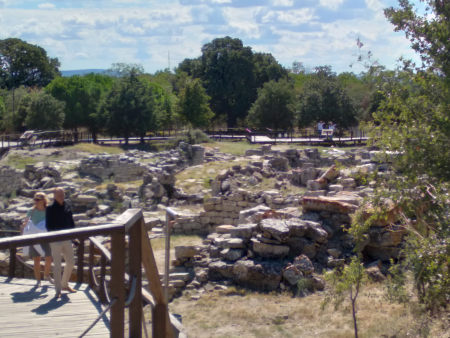 |
Looking
out over the Plains of Troy |
|
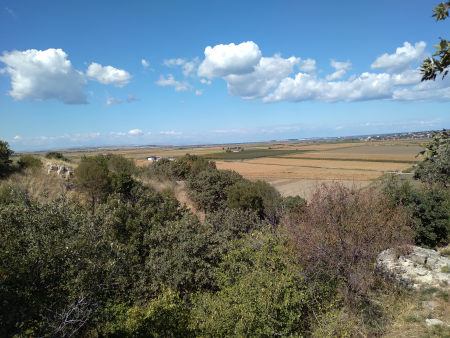 |
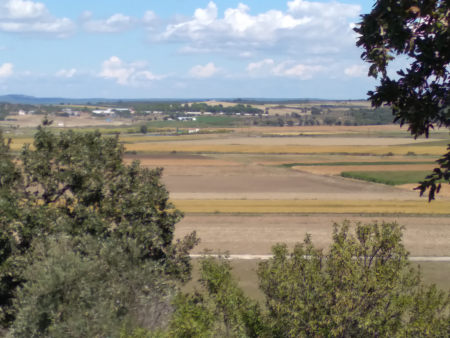 |
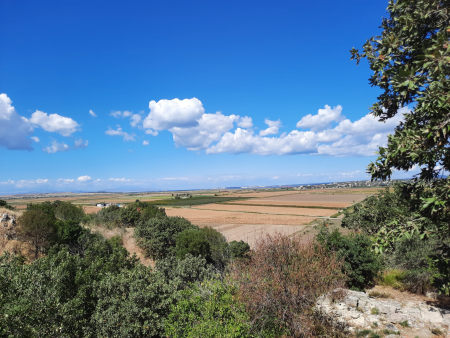 |
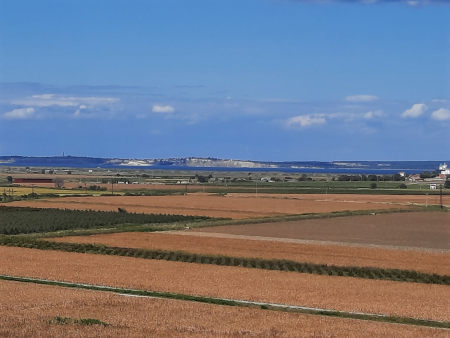 |
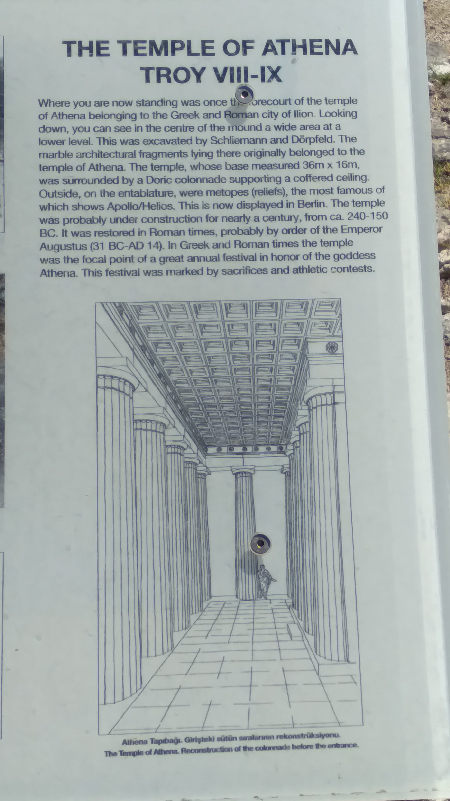 |
 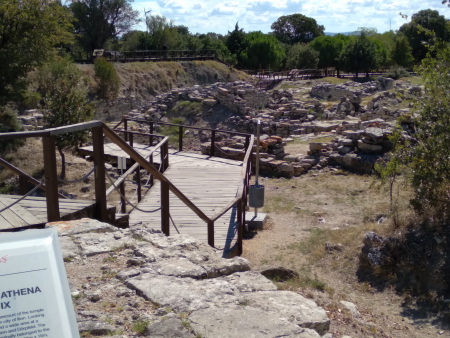 |
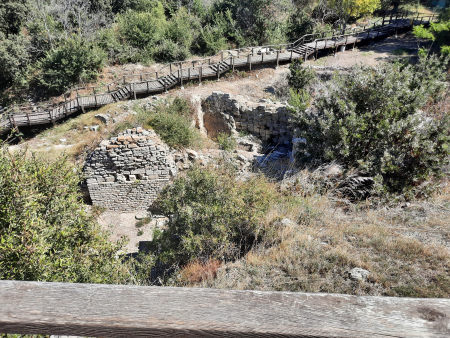 |
 |
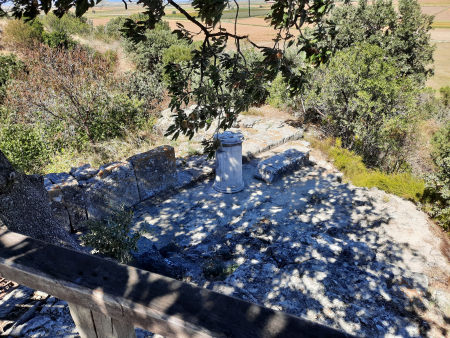 |
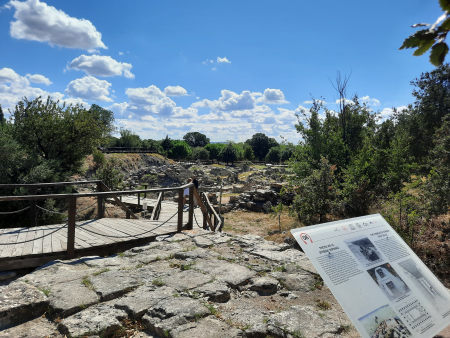 |
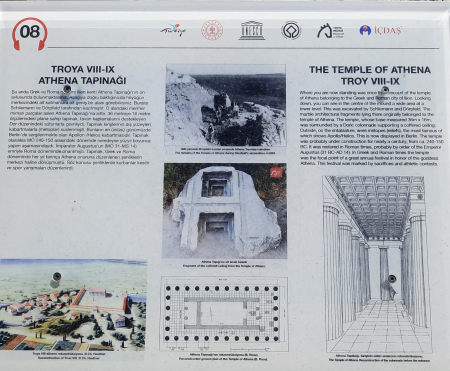 |
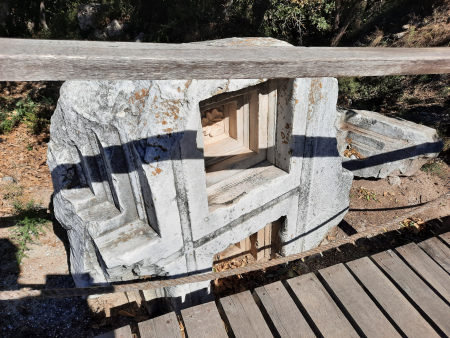 |
 |
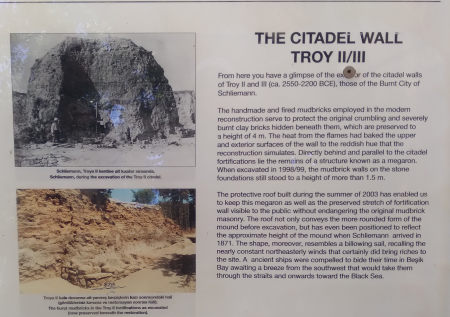 |
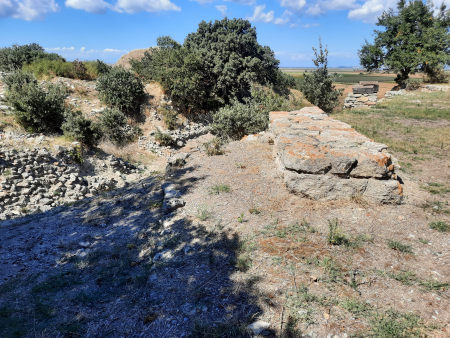 |
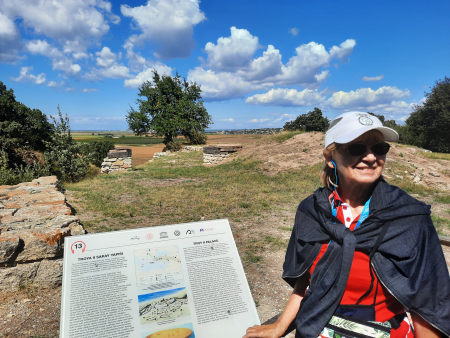 |
 |
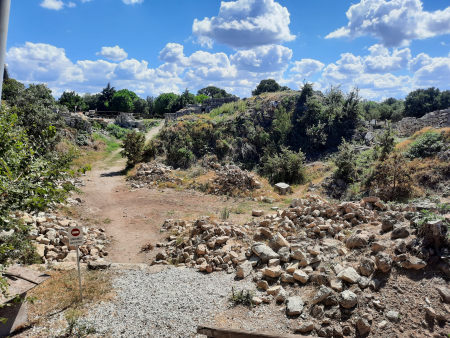 |
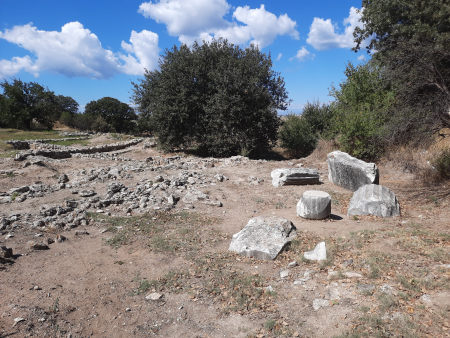 |
 |
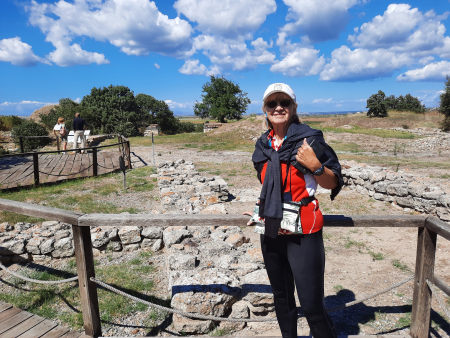 |
 |
 |
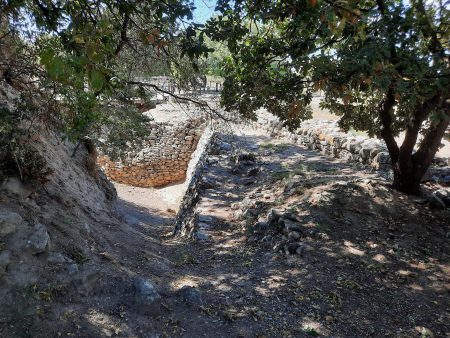 |
 |
 |
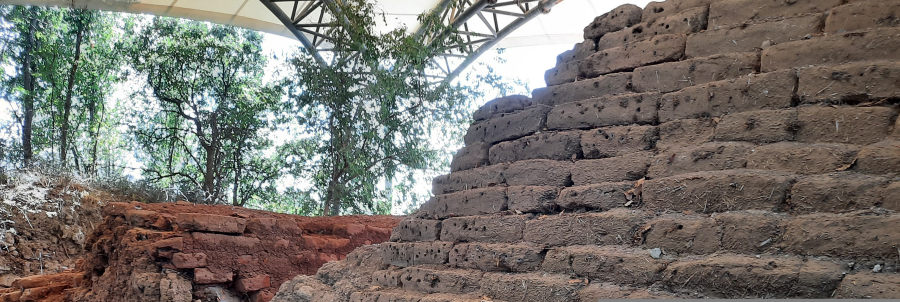 |
|
 |
 |
 |
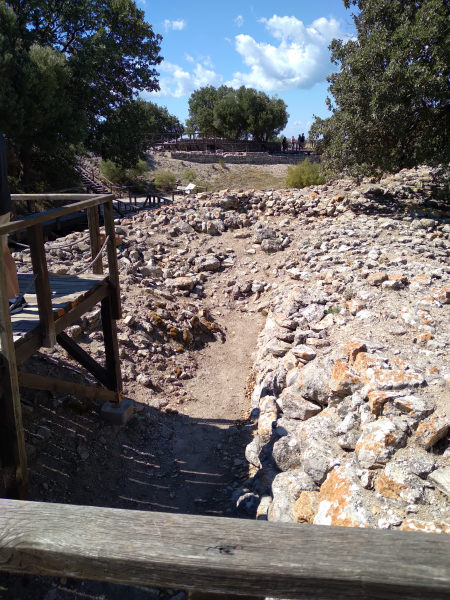 |
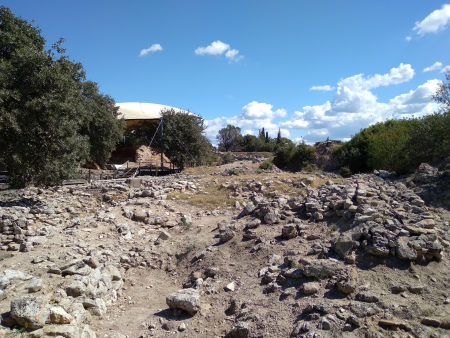 |
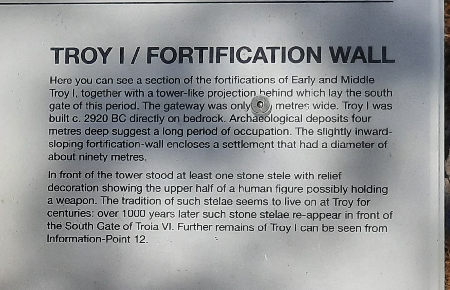 |
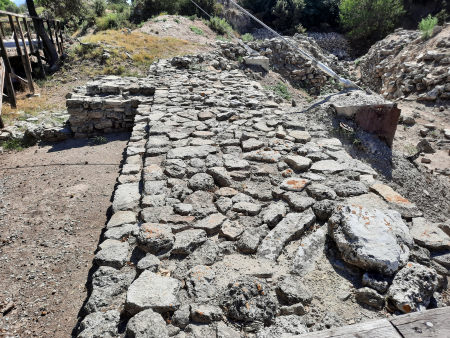 |
 |
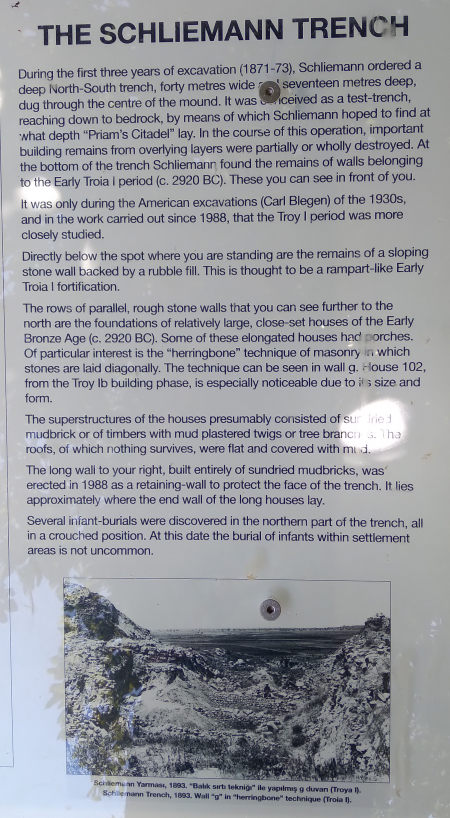 |
 |
 |
 |
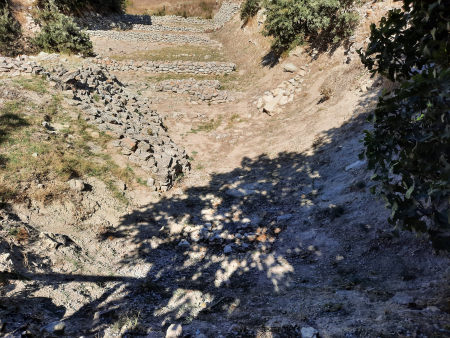 |
 |
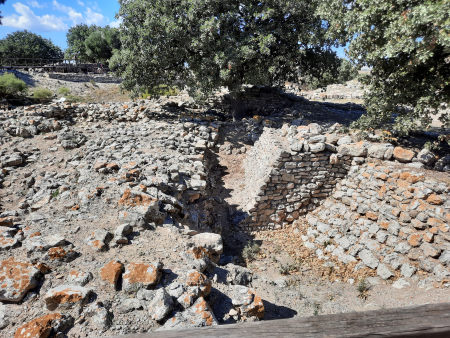 |
 |
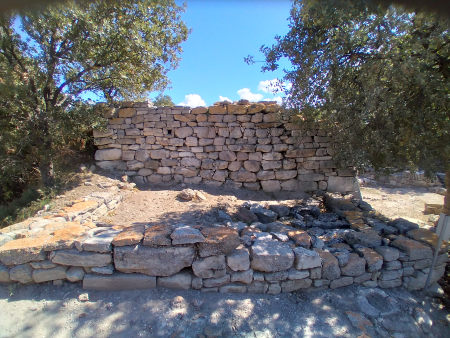 |
 |
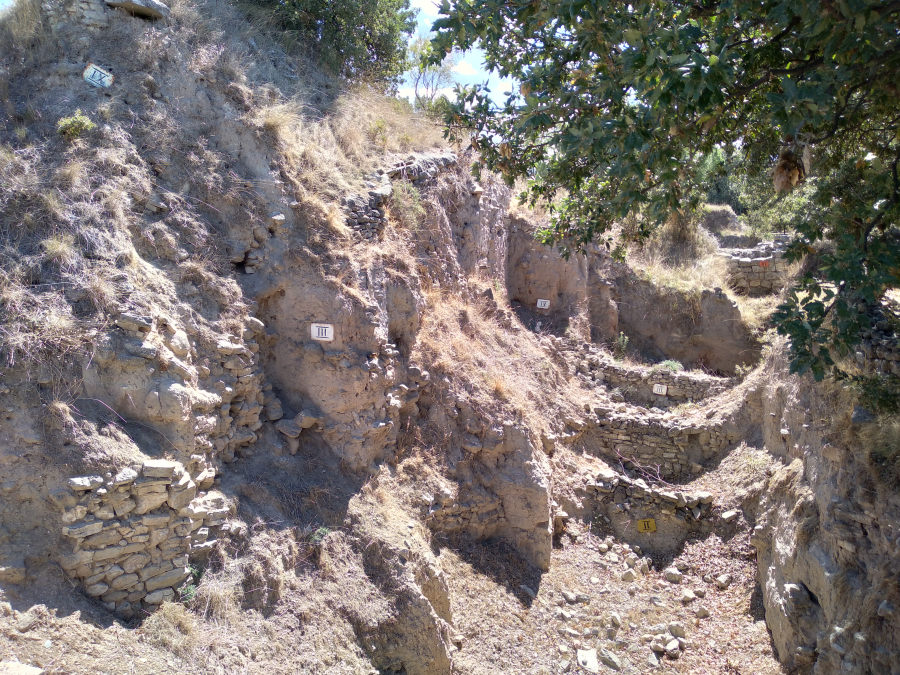 |
|
Troy
I (c. 3000-2550 BCE): This was simply a small village protected
by stone walls. The excavated pottery and metal that is dated
to this era is like those from Lesbos and Lemnos in the Aegean
and in northern Anatolia. ‘Megarons’, (hall-like
buildings), were found here. These were the main type of housing
in the fortified part of Troy for centuries. Troy I-III were
part of the Early Bronze Age.
Troy II (c. 2550-2300 BCE): This city was approximately 9000 sqm and measured 330m in circumference and shows signs of being destroyed by fire at least three times. The presence of gold objects in this layer led Schliemann to believe that this was Priam’s city from The Iliad and he called the treasure the ‘treasure of Priam’. However, there is no proof that this is Homer’s Troy. The treasure included 60 earrings, 6 bracelets, 2 diadems and 8750 rings, all of which were made of solid gold. Troy III - Troy V (c. 2300-1750 BCE): Information regarding
these three cities is scarce, because much was hastily removed
to reach the levels beneath it. Even though these seemed
less prosperous than the previous layers, there are signs
of trade with foreigners - Anatolian style dome ovens and
Minoan pottery. Troy III belonged to the Early Bronze II
culture, and Troy IV and Troy V belonged to Early Bronze
III and Middle Bronze I periods. Troy VIIa (c. 1750-1300
BCE) – Troy VIIb (c. 1180-950 BCE): Both cities show
signs of regressing and being not as developed as the previous
ruins, which again points to the aftermath of the sacking
of Troy as per Homer. Both cities ultimately got burnt down. The
above information was found on this website - https://www.academuseducation.co.uk/post/the-nine-cities-of-troy
|
|
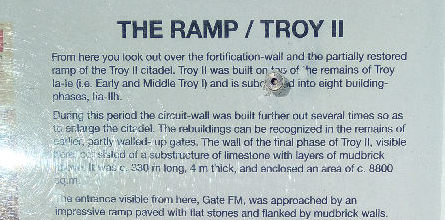 |
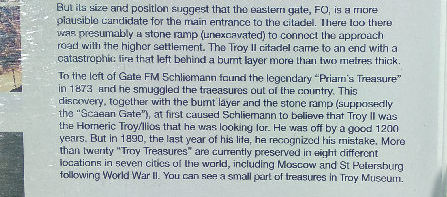 |
|
 |
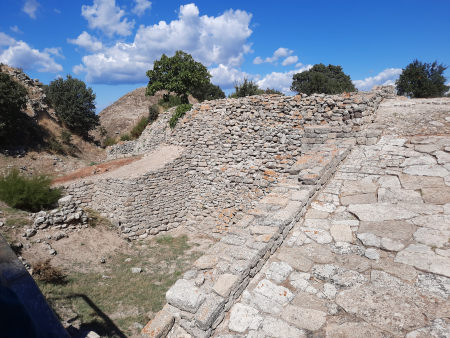 |
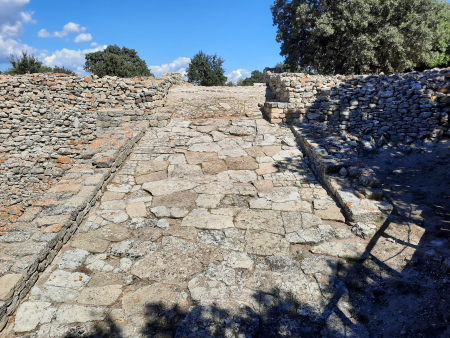 |
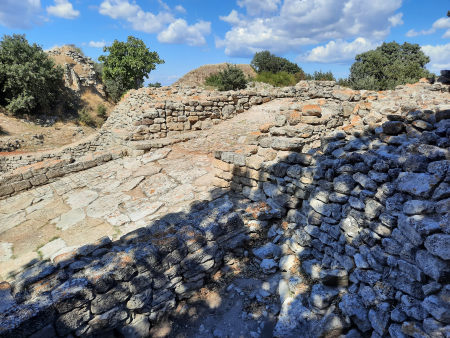 |
 |
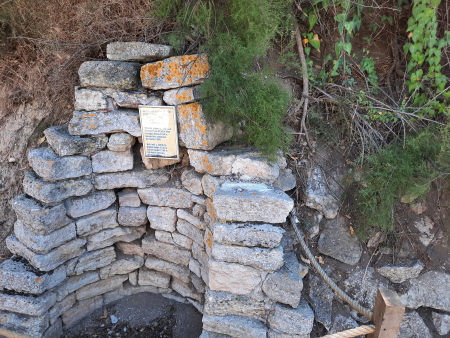 |
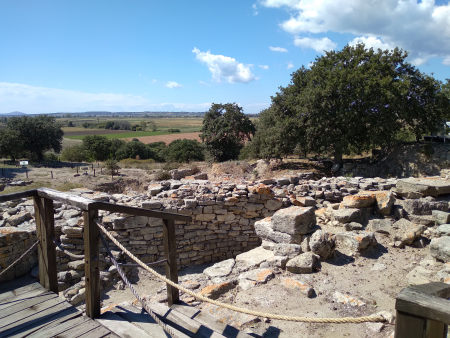 |
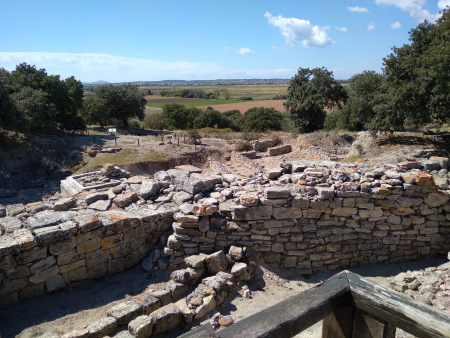 |
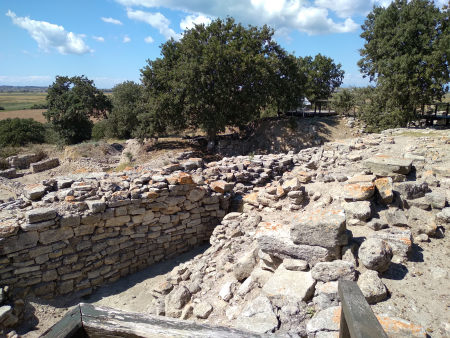 |
 |
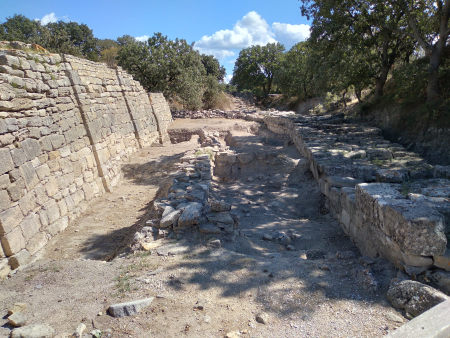 |
|
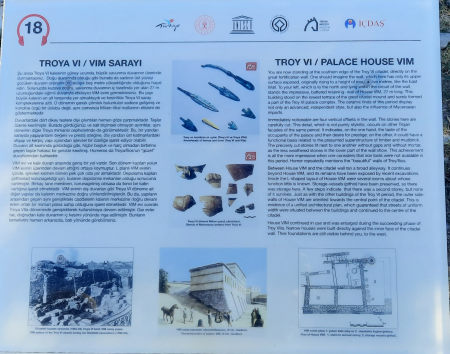 |
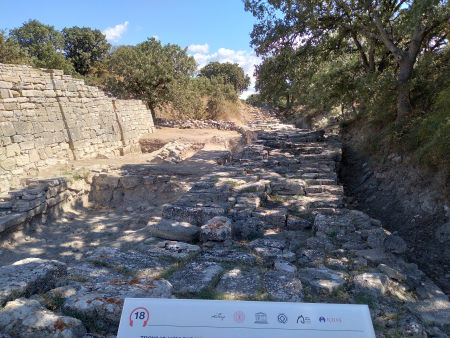 |
 |
 |
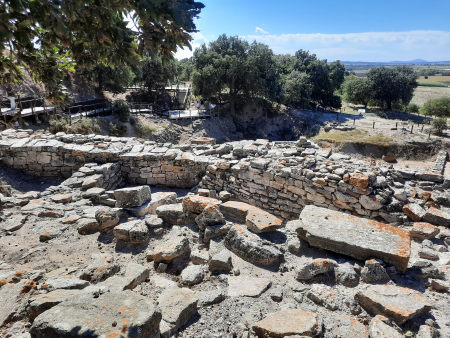 |
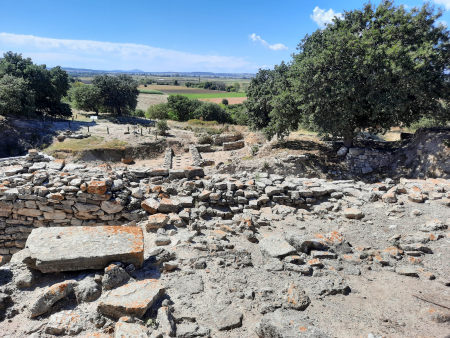 |
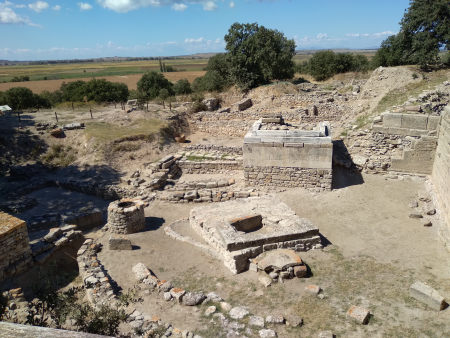 |
 |
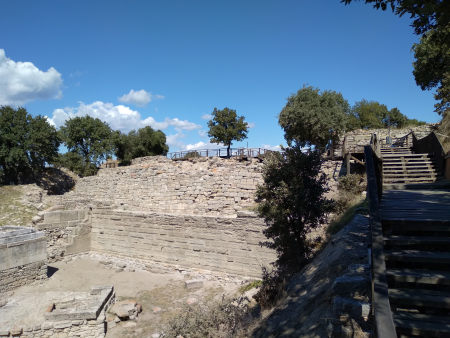 |
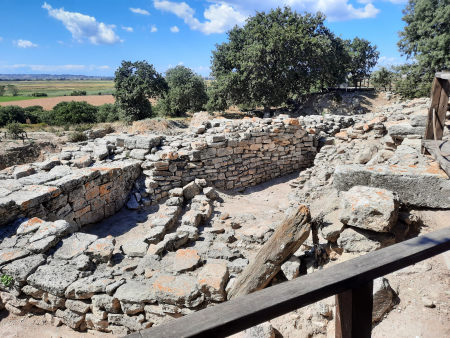 |
 |
 |
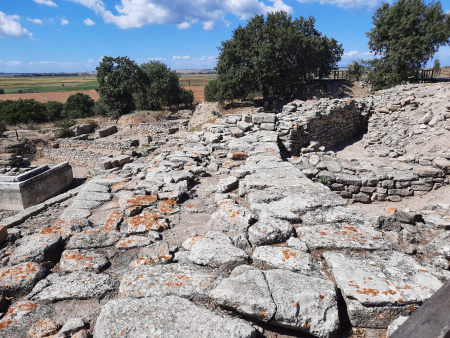 |
|
 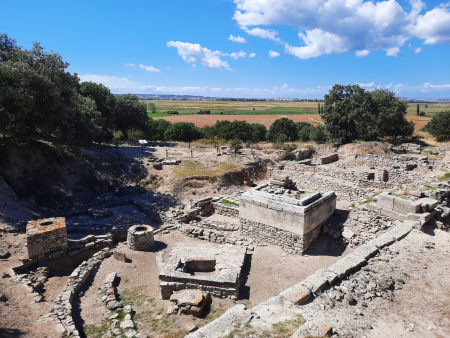 |
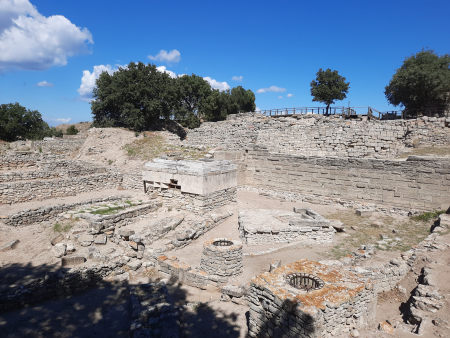 |
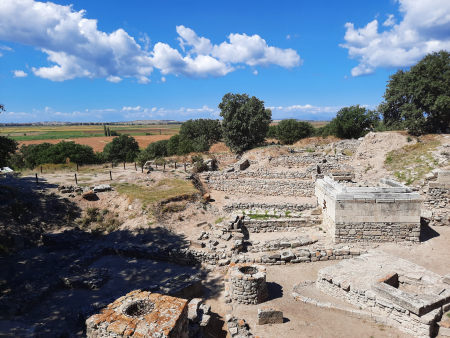 |
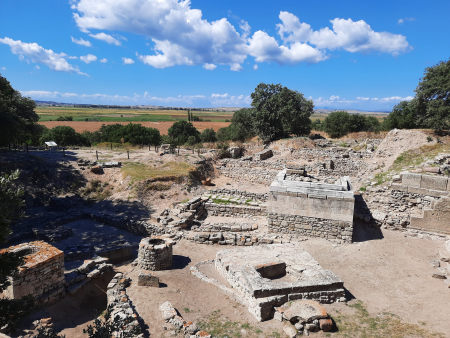 |
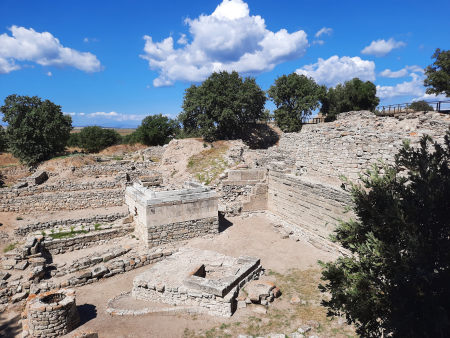 |
|
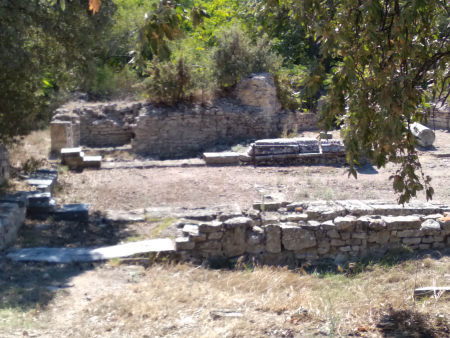  |
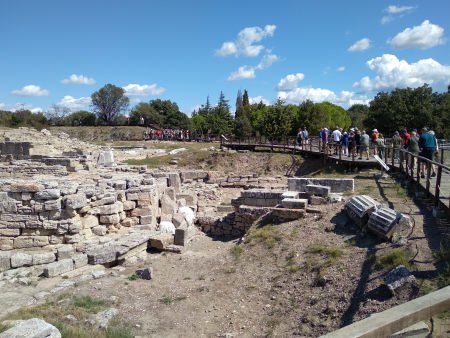 |
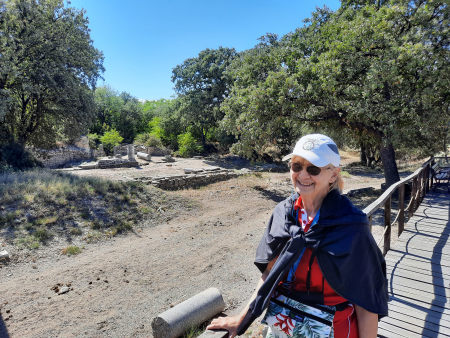 |
|
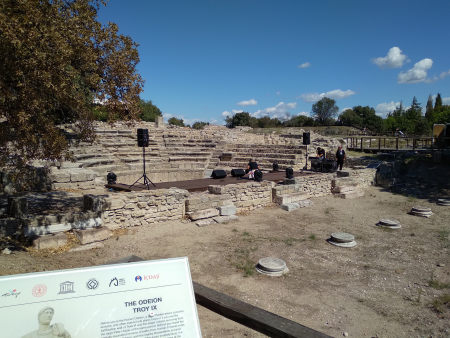 |
 |
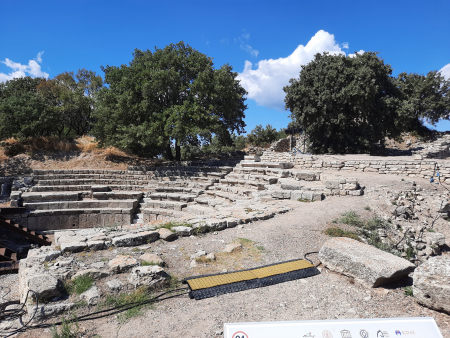 |
|
 |
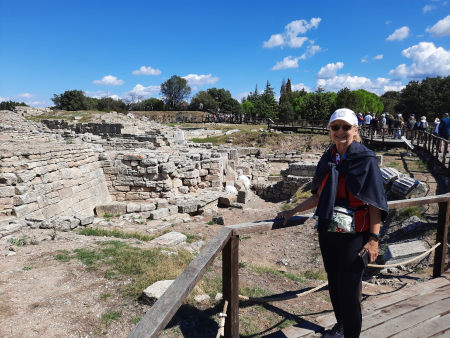 |
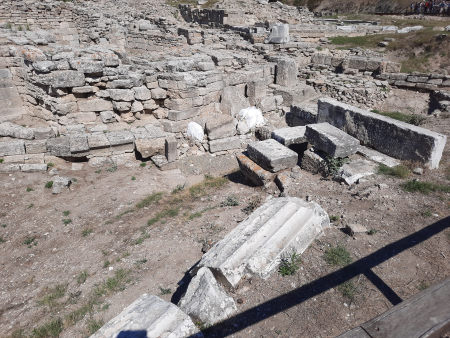 |
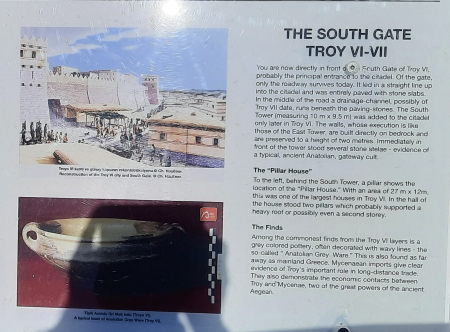 |
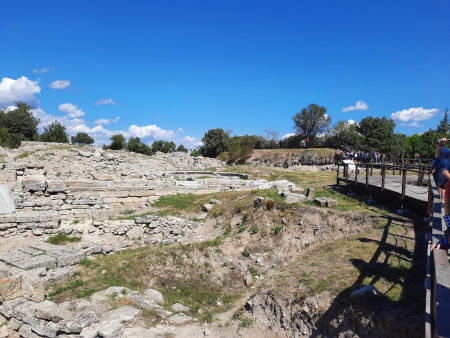 |
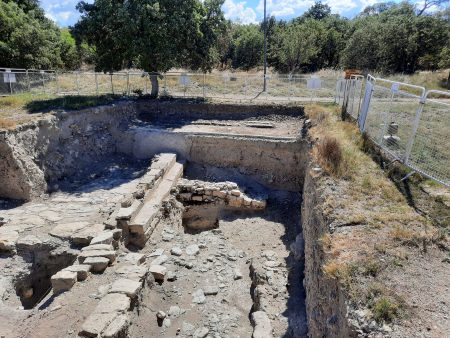 |
 |
 |
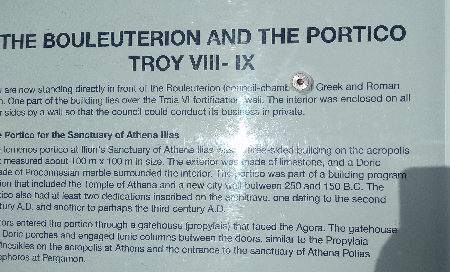 |
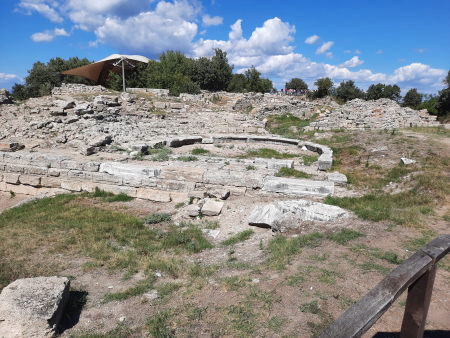 |
 |
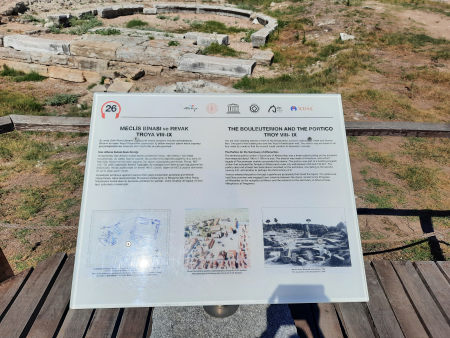 |
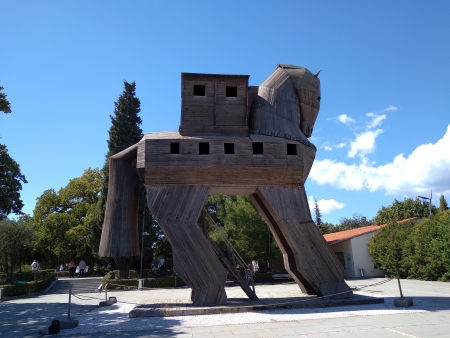 |
Yes,
we stopped at all 26 points of interest |
|
 |
|


